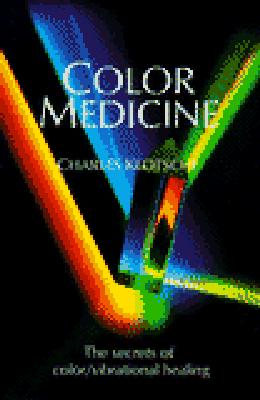
Hand, Dorcas
product information
description
otential patron of any other library at a different time of life or location. And though each library serves its own unique community, when different kinds of libraries speak together with one voice, the entire library ecosystem is stronger. Distilling the work of ALA's Ecosystem Task Force, this book will guide library organizations in assessing and extending the strength of their ecosystems by identifying priorities for advocacy and legislation. Its flexible framework can apply to the library ecosystem at any level and can accommodate all types of libraries and library organizations, including Friends groups and trustees, vendors, and literacy groups. In this book, readers will
- learn what constitutes a library ecosystem and how diverse libraries can unite around common goals and values;
- see the ways in which various library types (school, public, and academic) overlap in mission, share the same core values, and can better view each another as essential allies;
- be introduced to the elements of ecosystem thinking, including components such as effective leadership, communication, collaboration, and sustainability for advocacy success;
- come to understand how to apply ecosystem ideas to bolster legislative advocacy and combat censorship attempts;
- grasp the contrasts between "going it alone," which can devolve into fragmented messaging and unfocused action at cross-purposes with other libraries, and speaking together with One Voice, as illustrated through real-world examples and case studies; and
- get an assortment of practical tip sheets, discussion questions, points to consider, and other helpful prompts and guideposts for setting out on their own ecosystem journey.
member goods
No member items were found under this heading.
listens & views

LAURIE RECORDS STORY 3: GIRLS ...
by LAURIE RECORDS STORY 3: GIRLS AND GIRLS GROUPS / VAR
COMPACT DISCout of stock
$12.99
Return Policy
All sales are final
Shipping
No special shipping considerations available.
Shipping fees determined at checkout.






